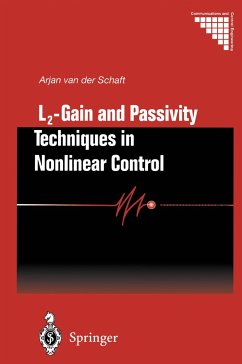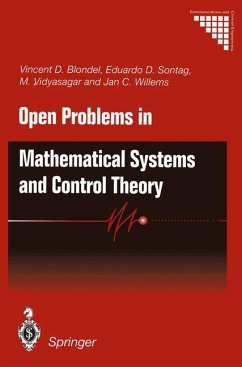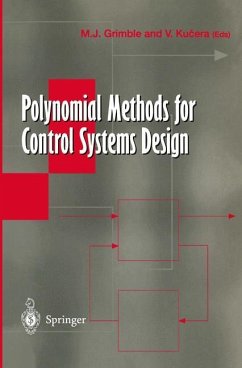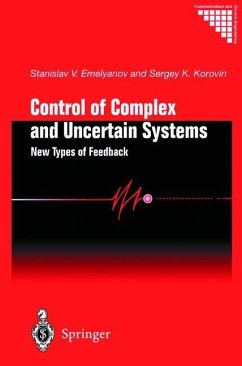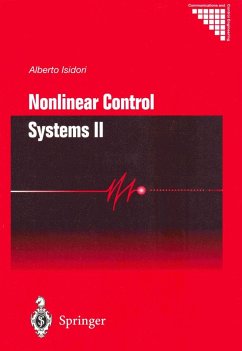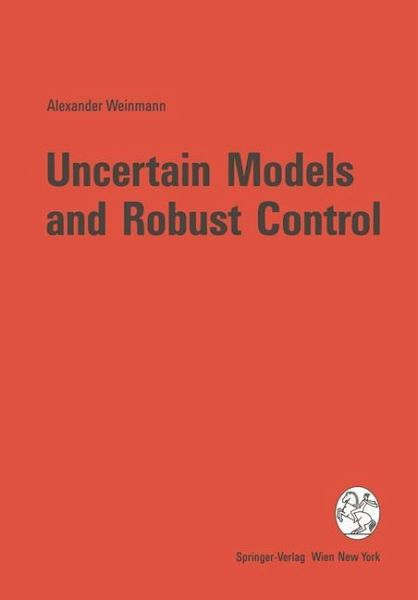
Uncertain Models and Robust Control

PAYBACK Punkte
20 °P sammeln!
Control systems particularly designed to manage uncertainties are called robust control system. Choosing appropriate design methods, the influence of uncertainties on the closed-loop behaviour can be reduced to a large extent.Most of the important areas of robust control are covered. The aim of the book is to provide an introduction to the theory and methods of robust control system design, to present a coherent body of knowledge, to clarify and unify presentation of significant derivations and proofs. The book contains a thorough treatment of important material of uncertainties and robust con...
Control systems particularly designed to manage uncertainties are called robust control system. Choosing appropriate design methods, the influence of uncertainties on the closed-loop behaviour can be reduced to a large extent.Most of the important areas of robust control are covered. The aim of the book is to provide an introduction to the theory and methods of robust control system design, to present a coherent body of knowledge, to clarify and unify presentation of significant derivations and proofs. The book contains a thorough treatment of important material of uncertainties and robust control which is scattered throughout the literature.





